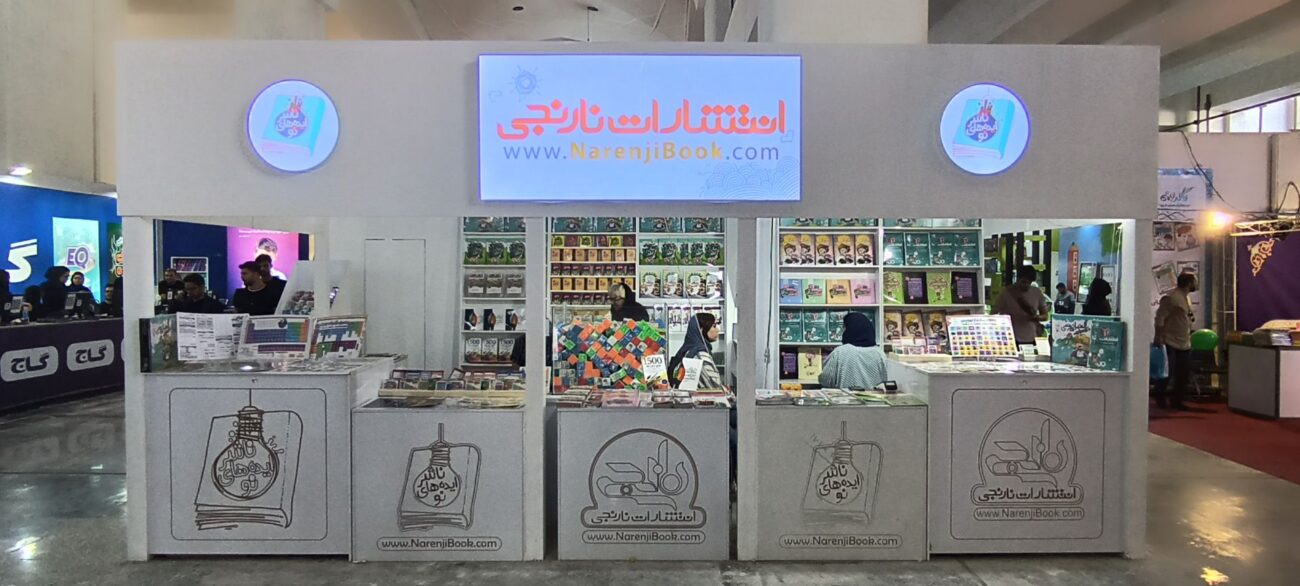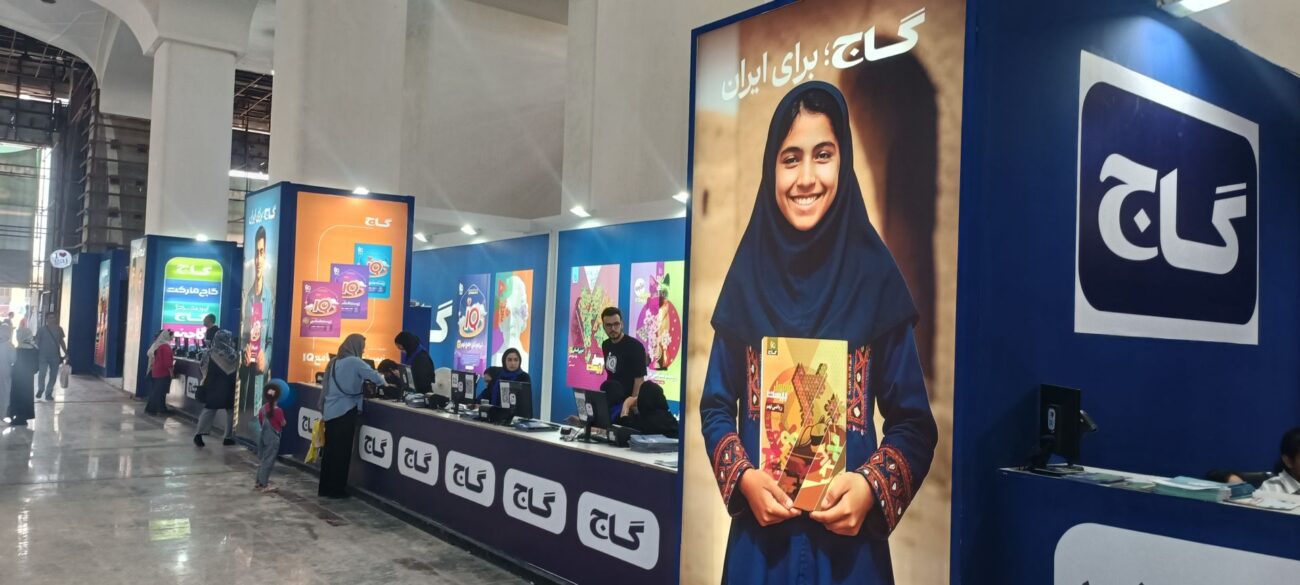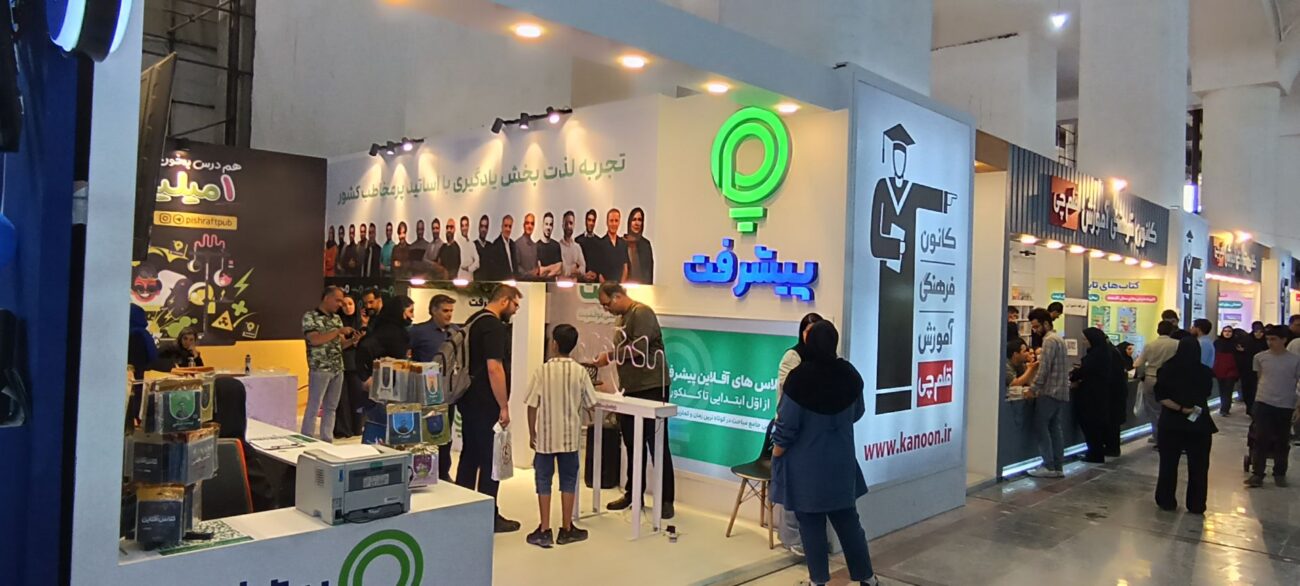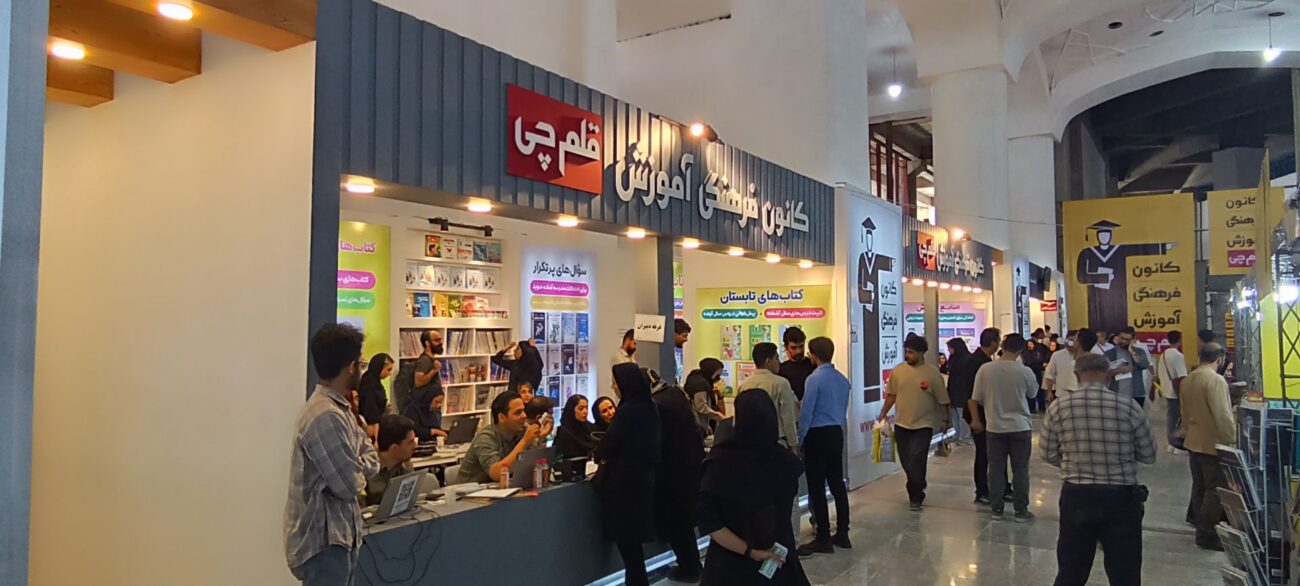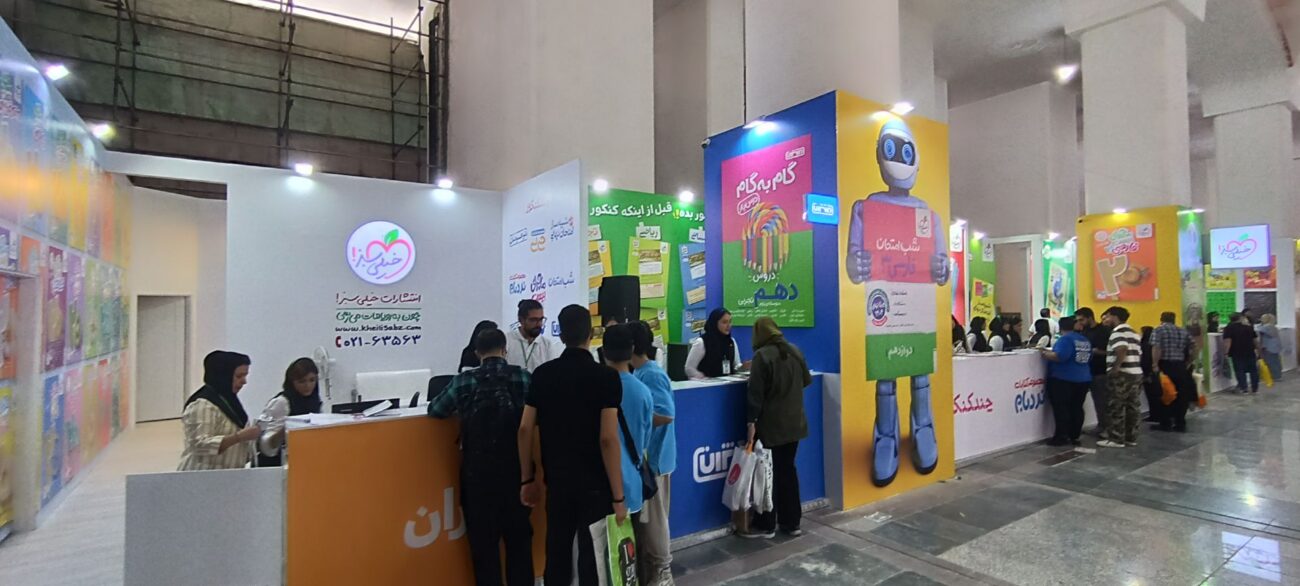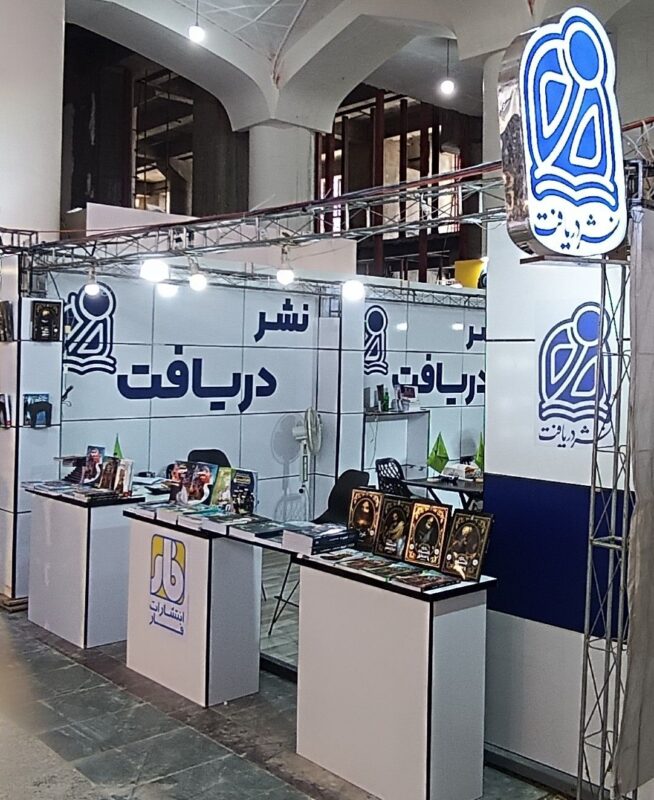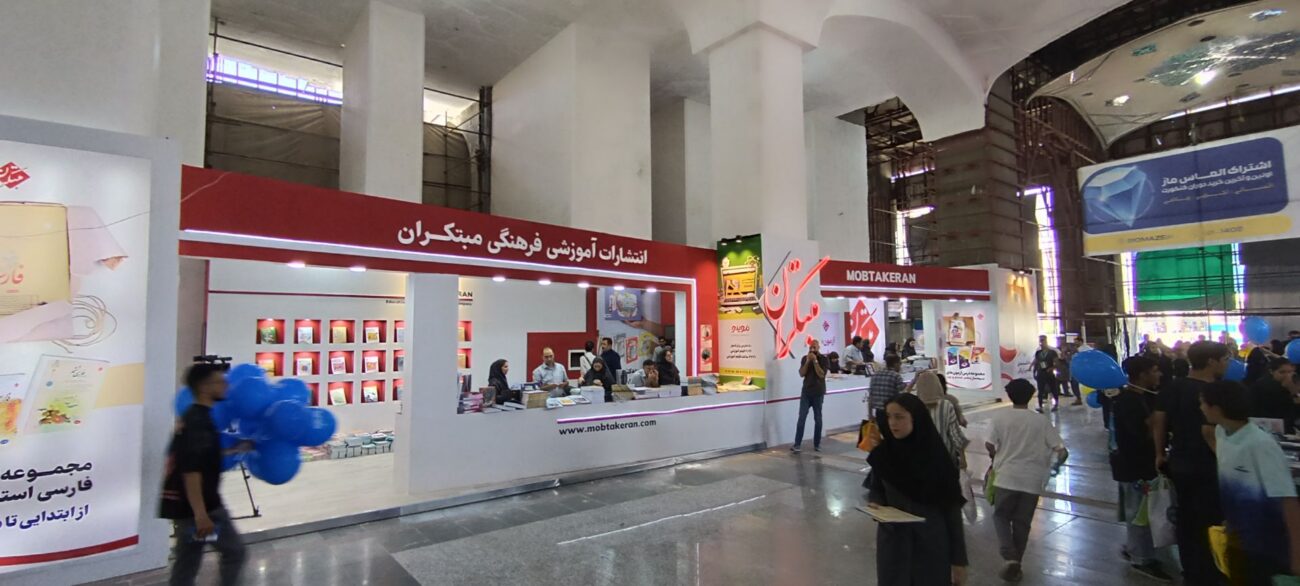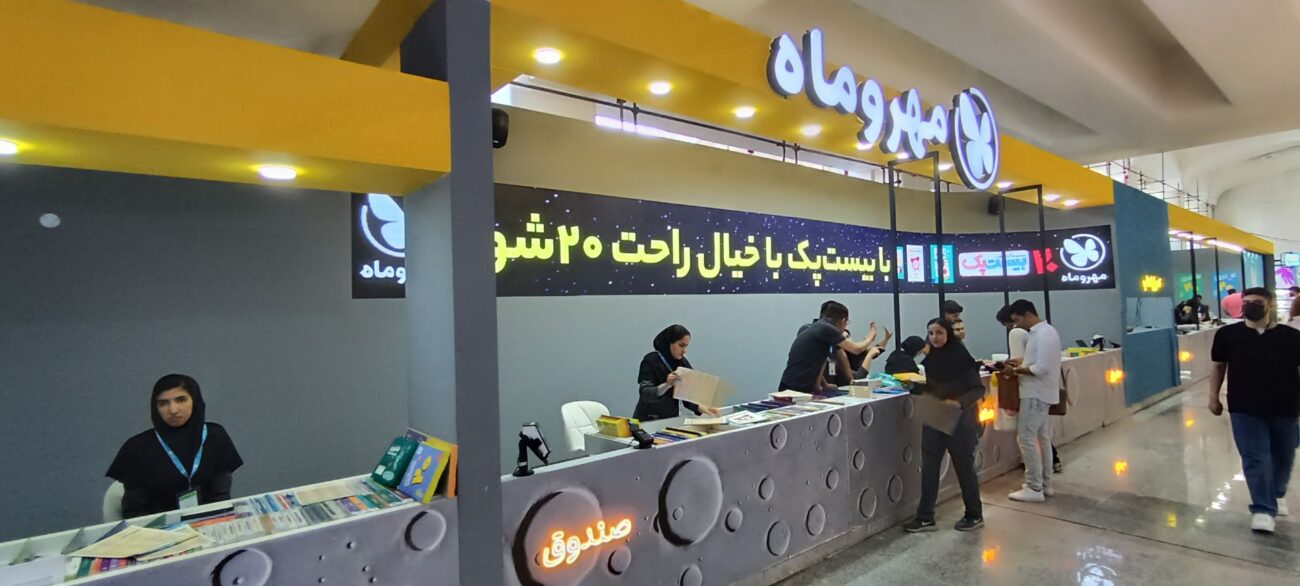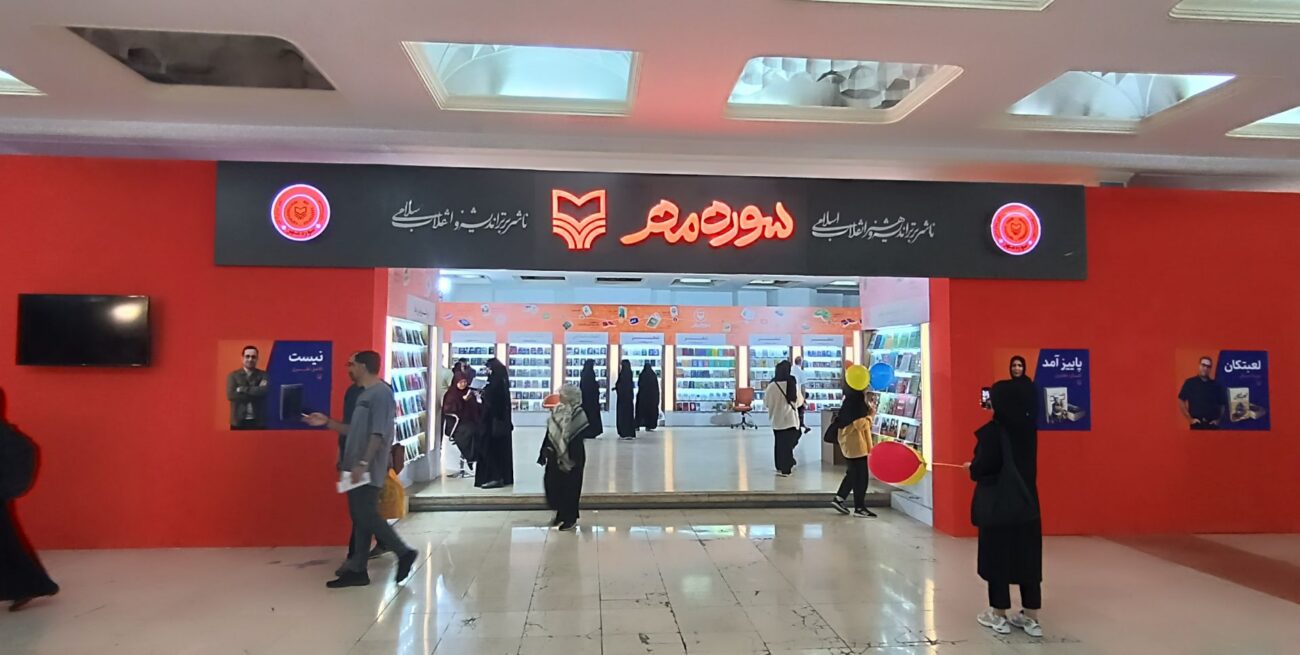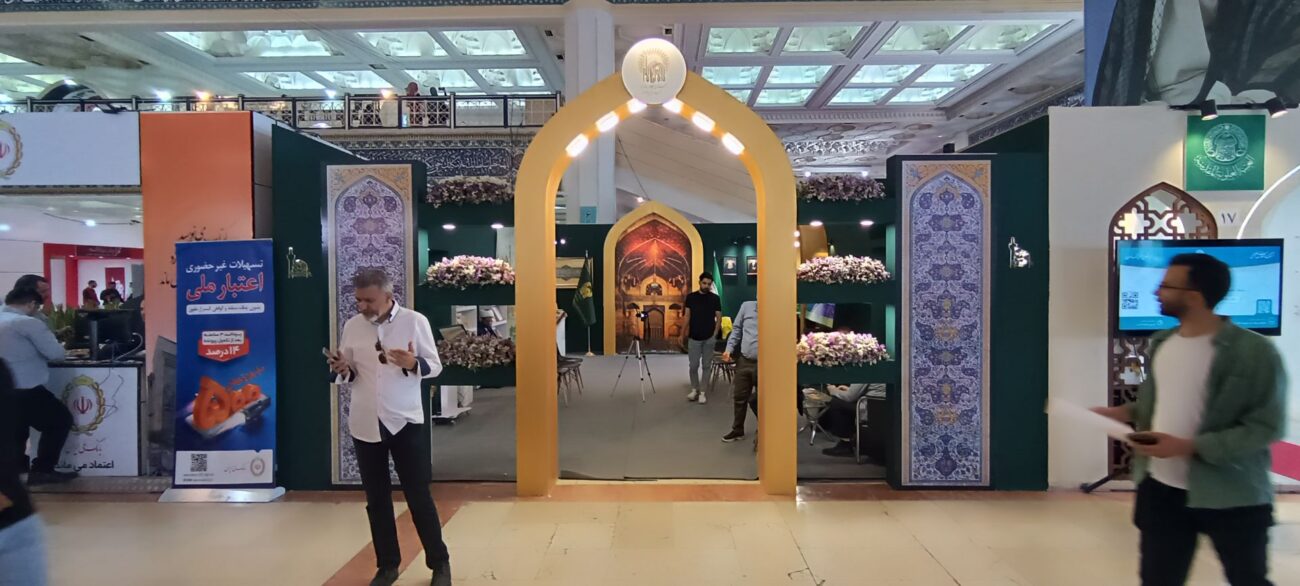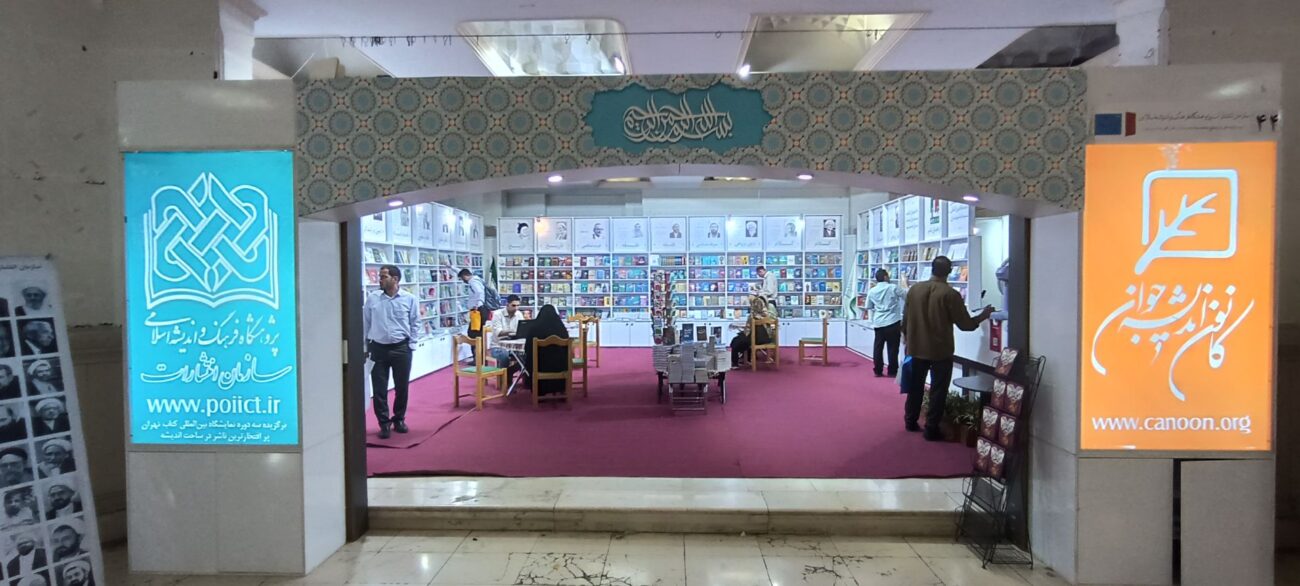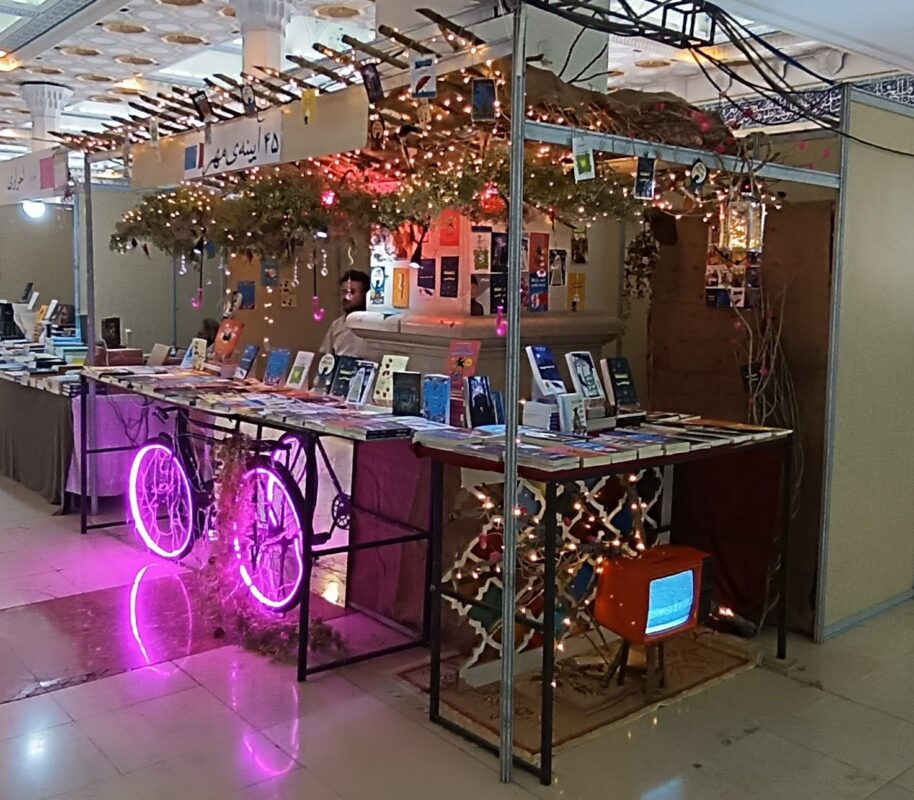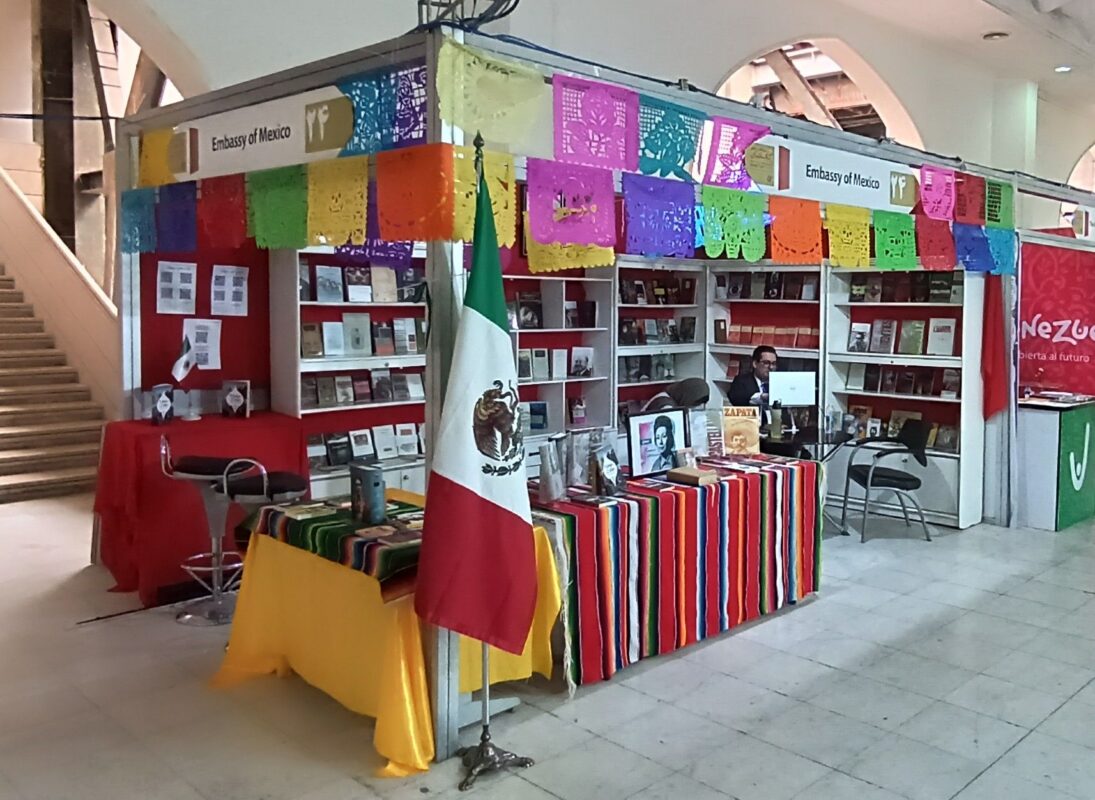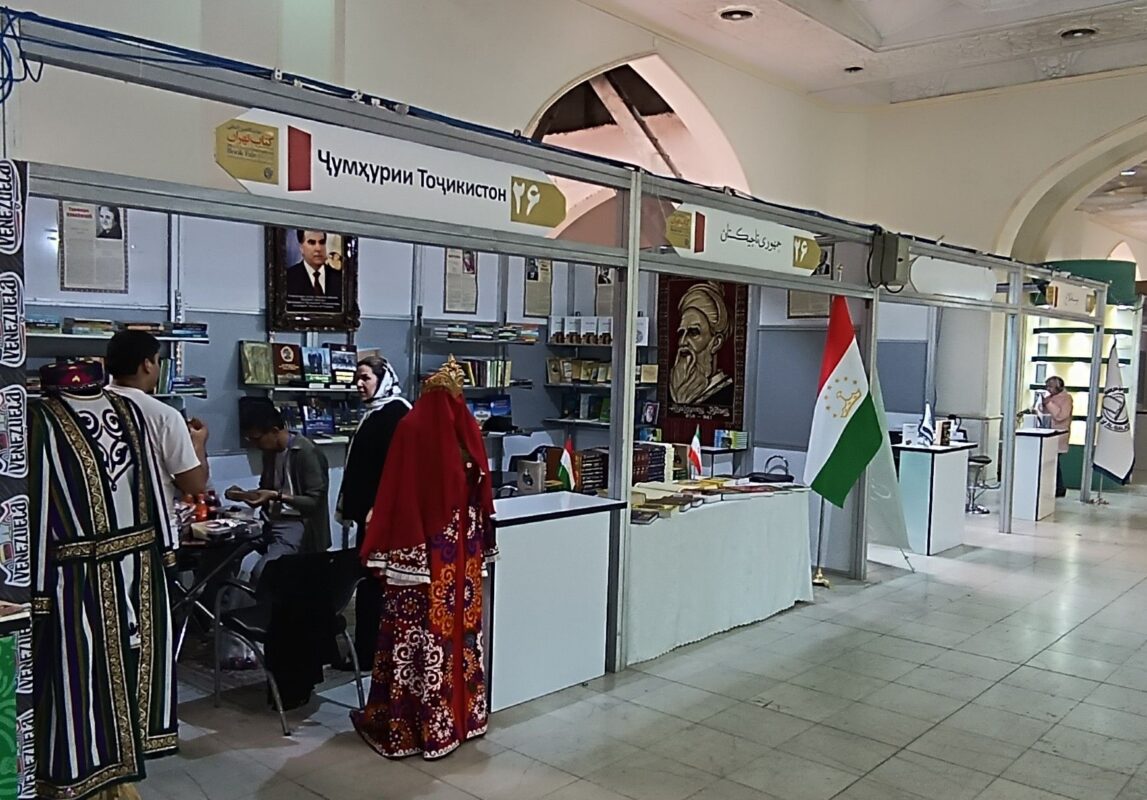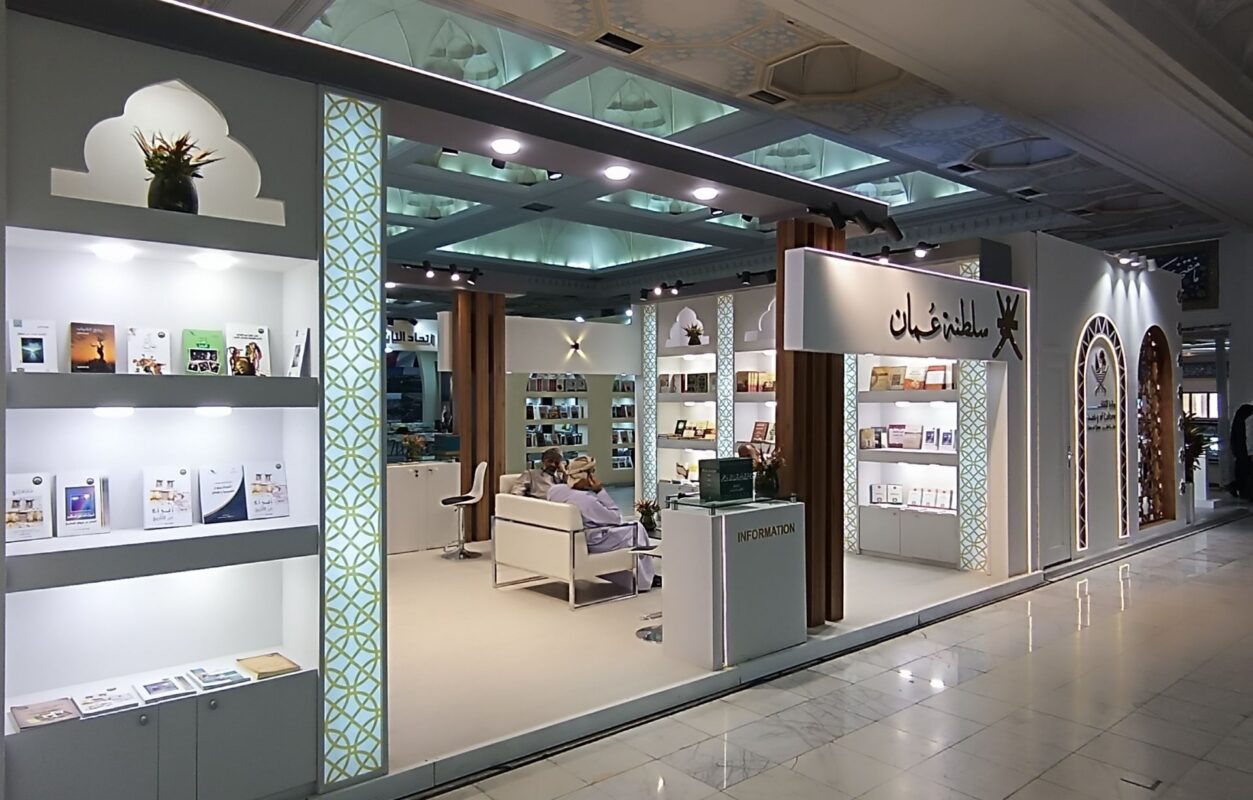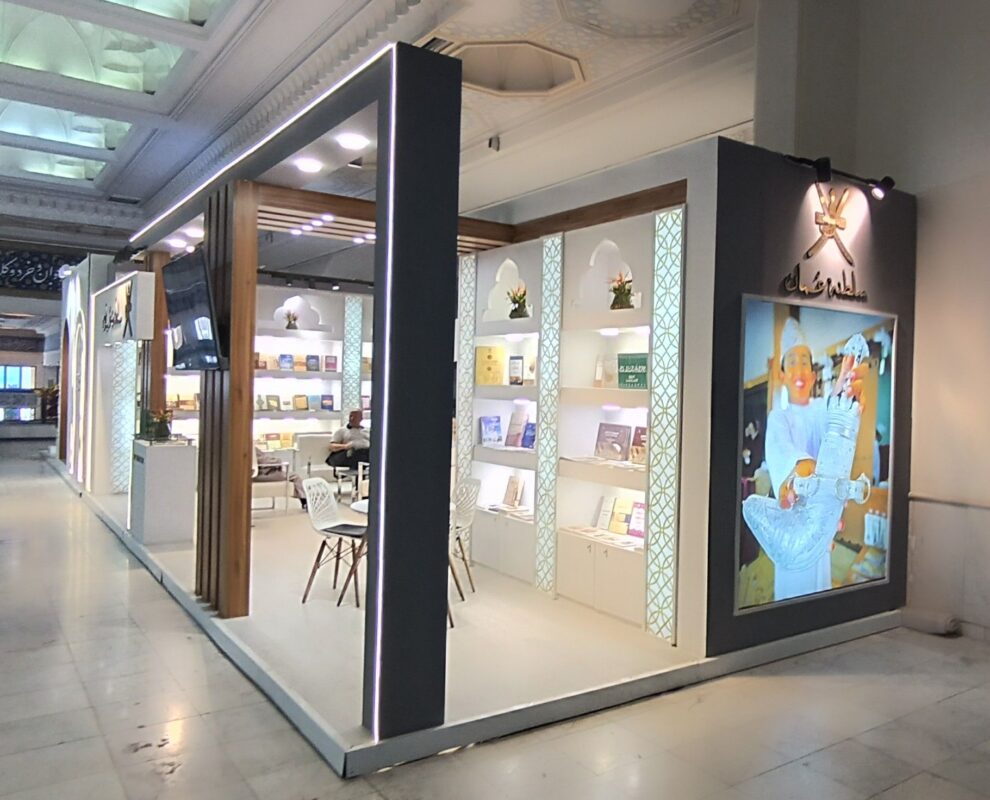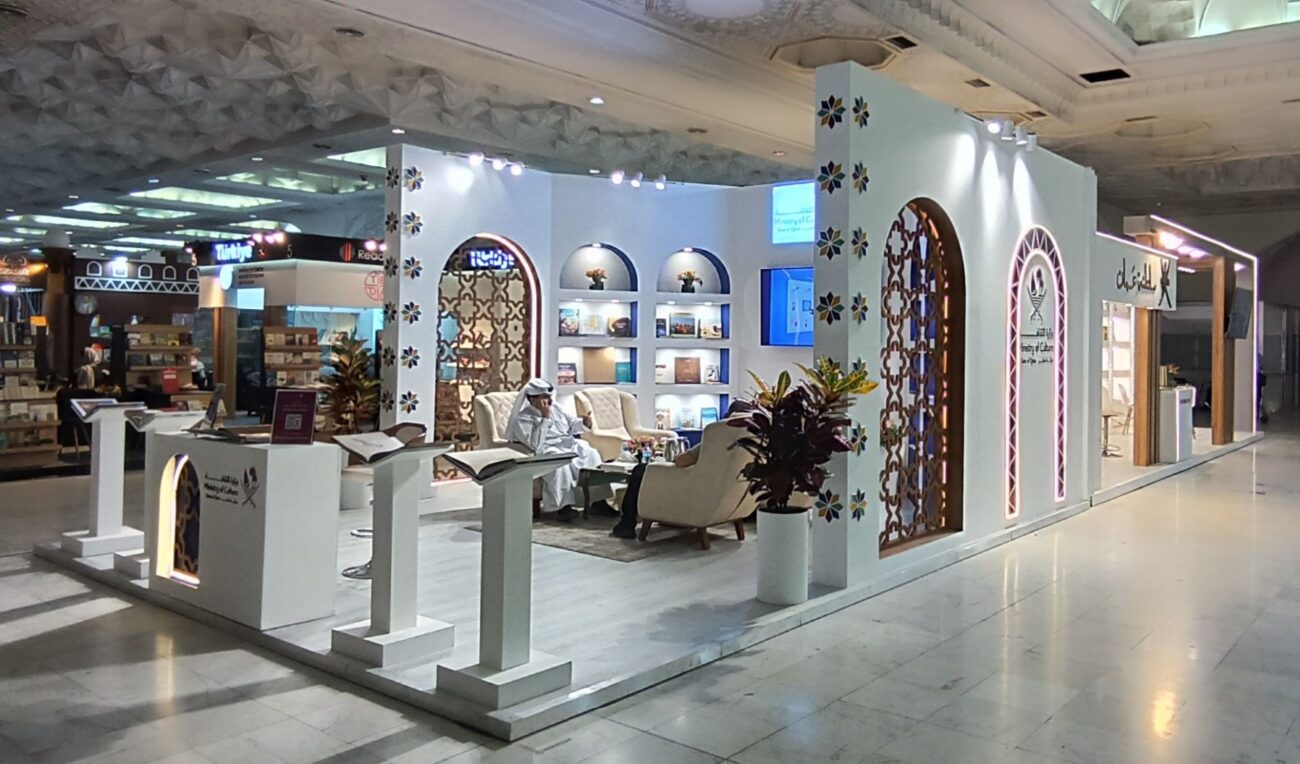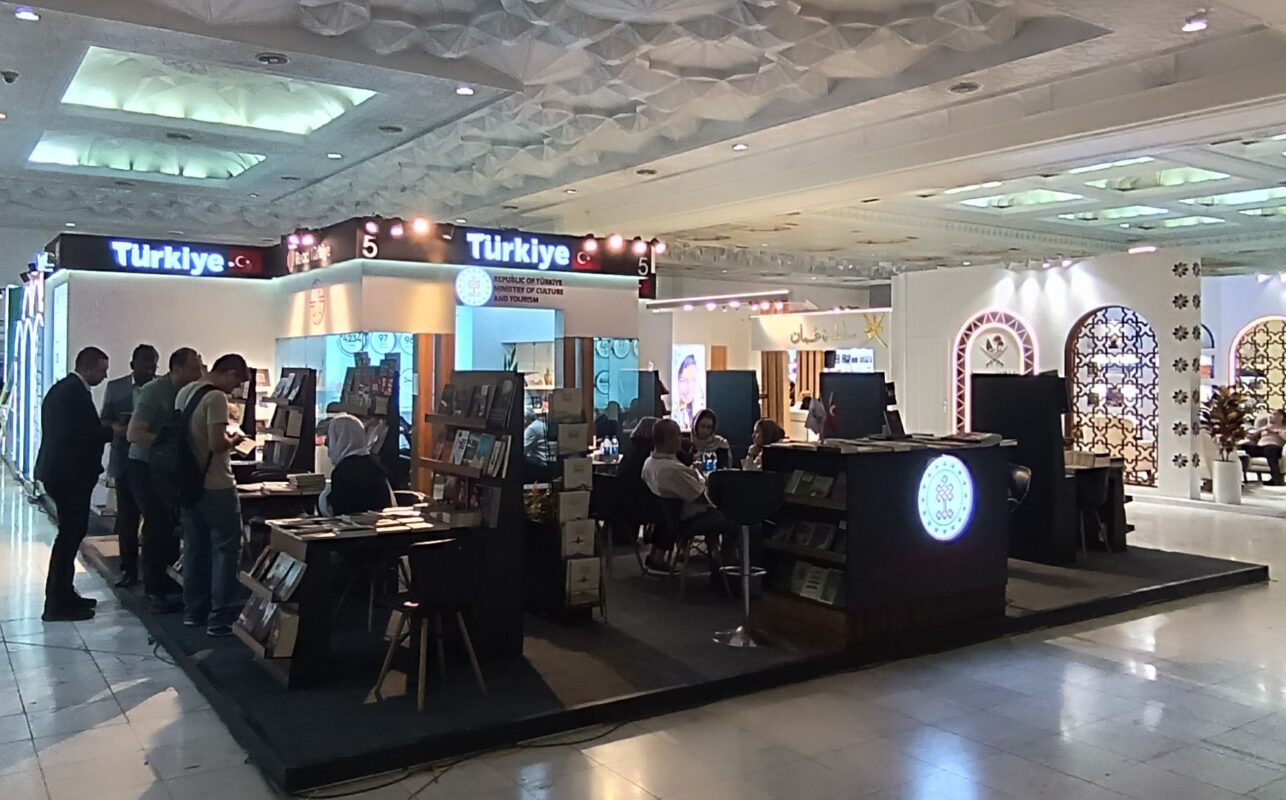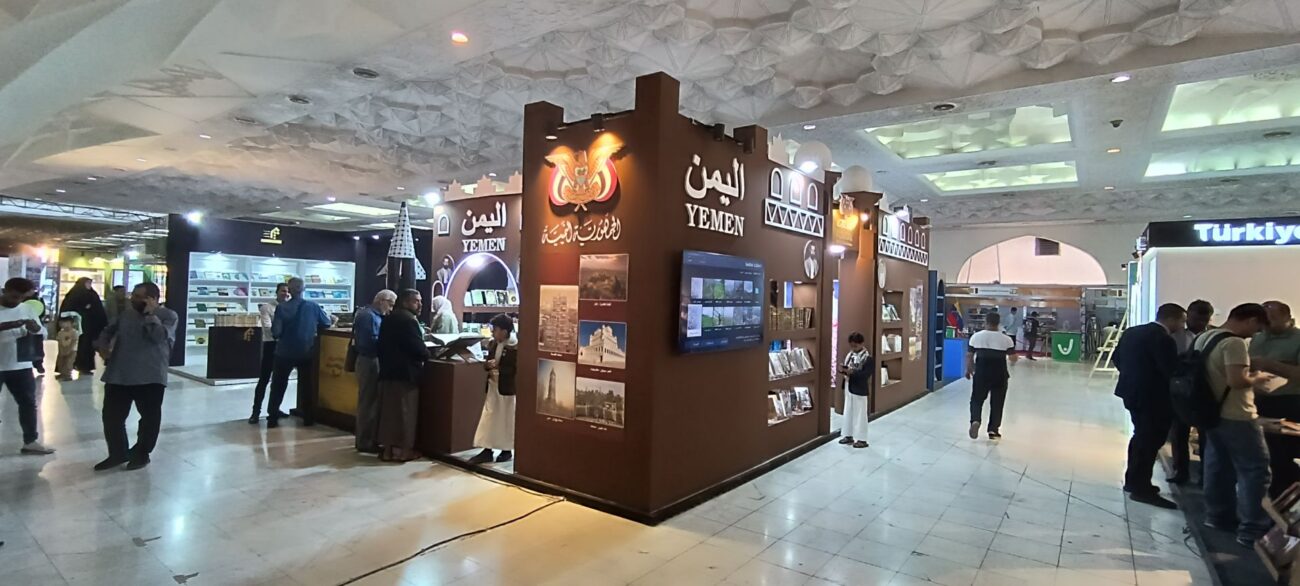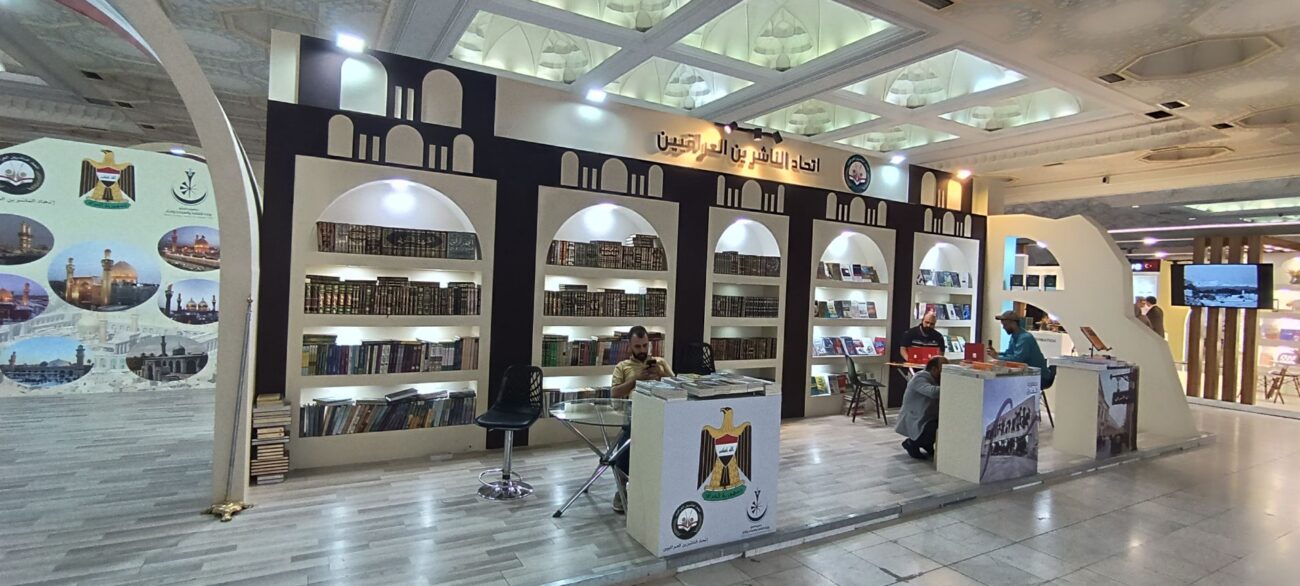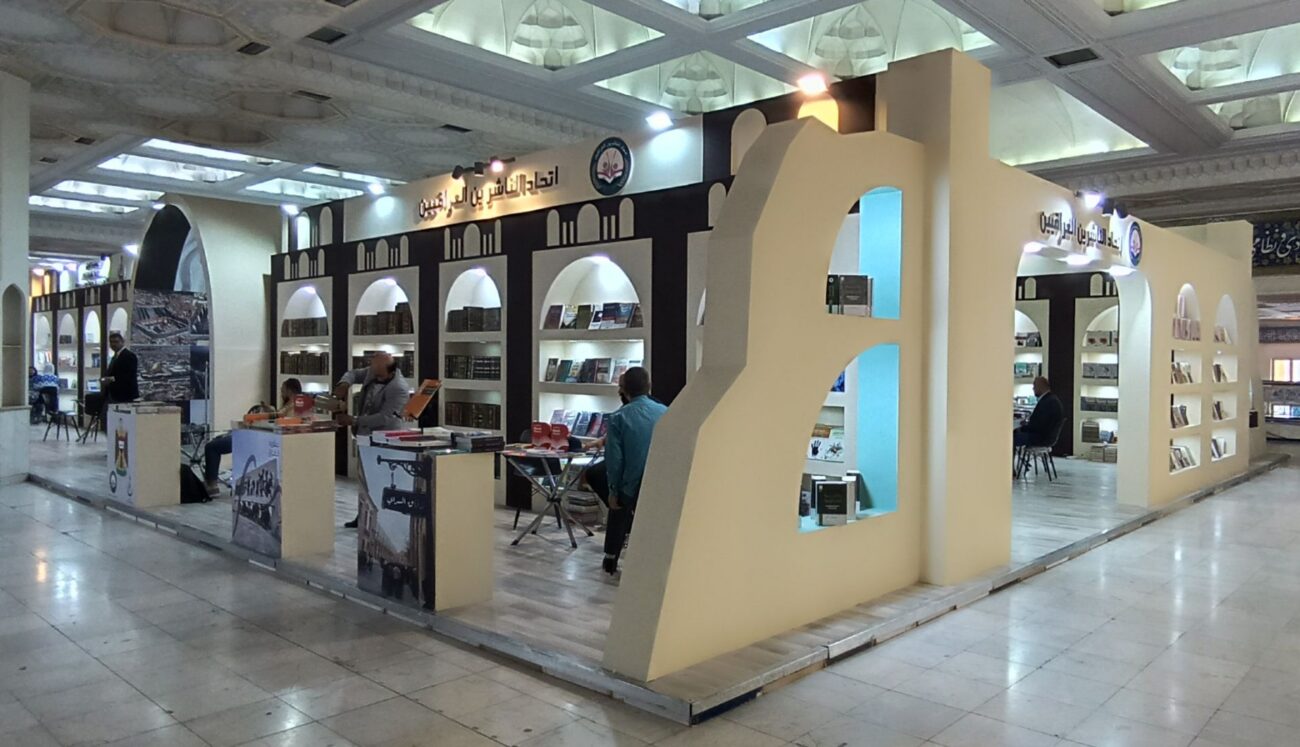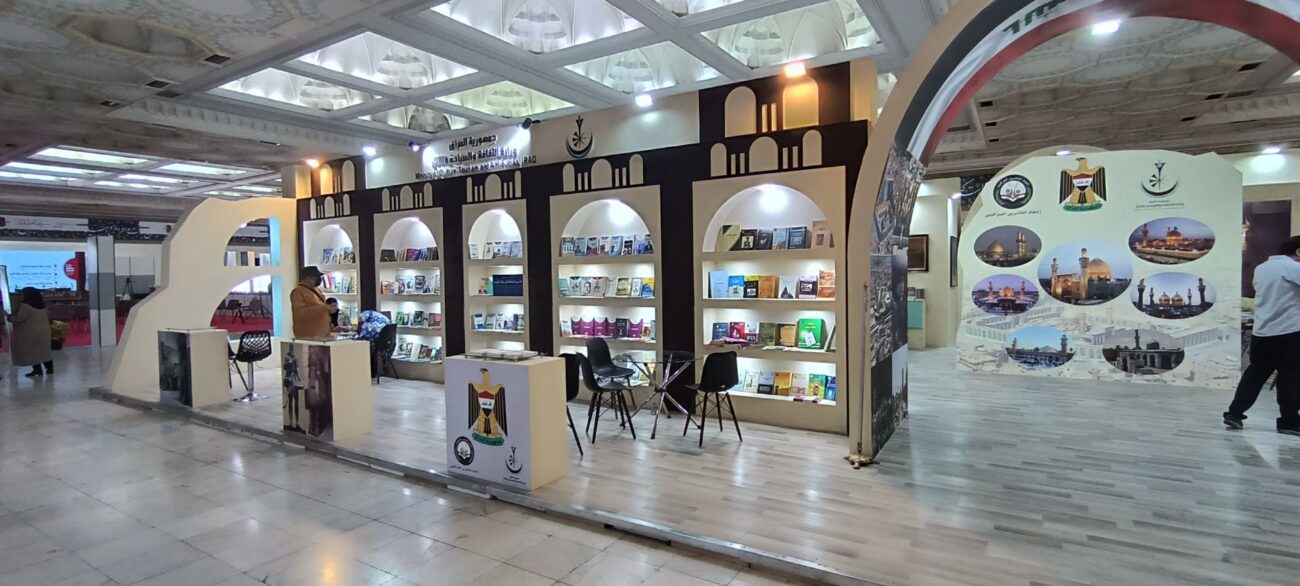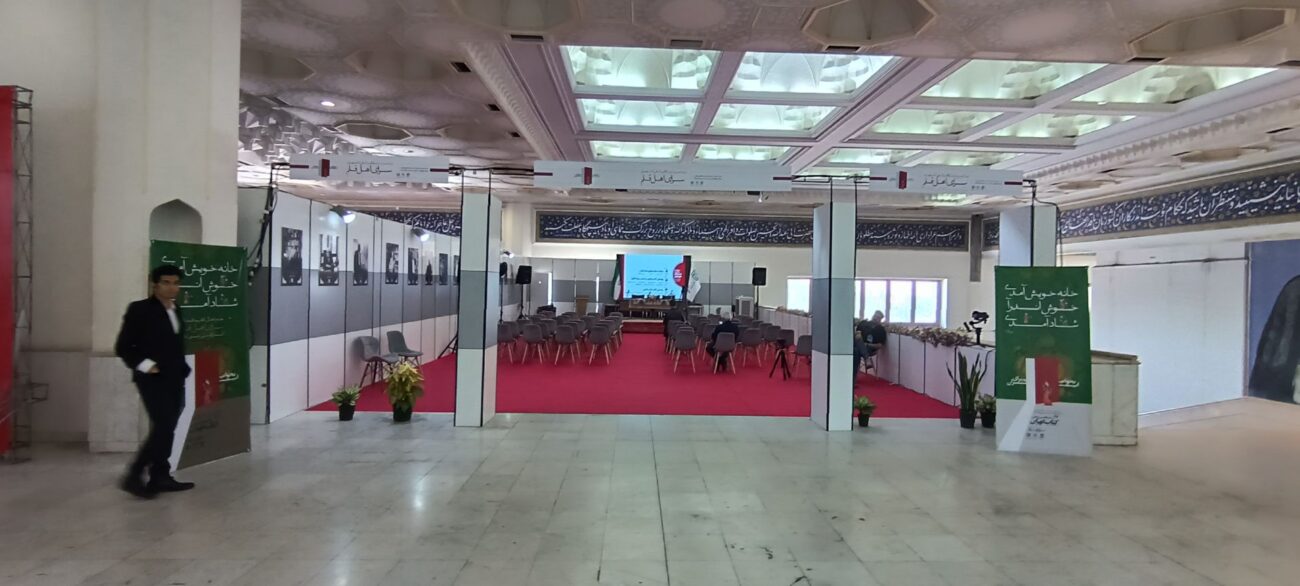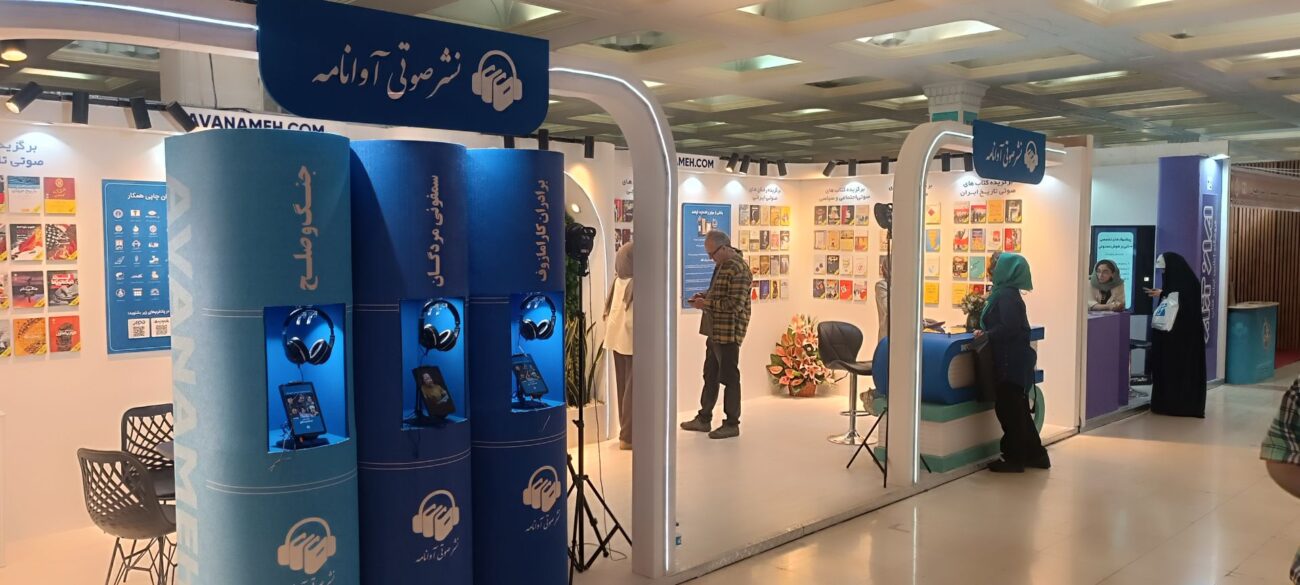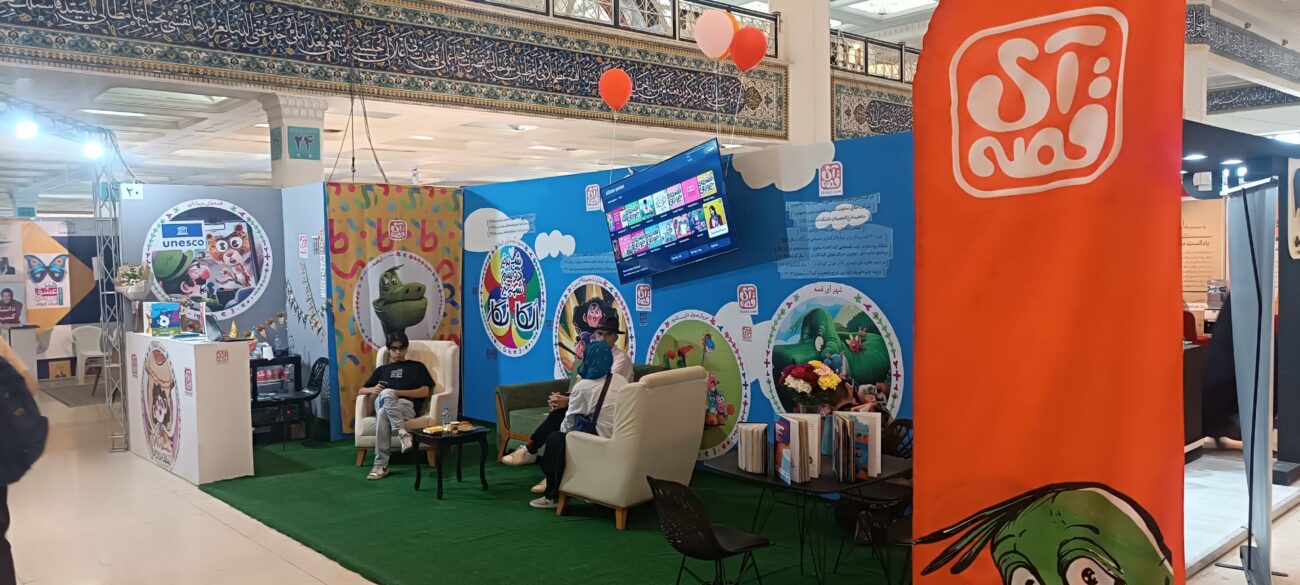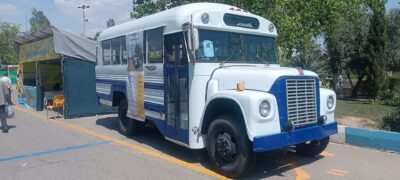Photo report from the 36th Tehran International Book Fair: The art of booth building in the service of culture
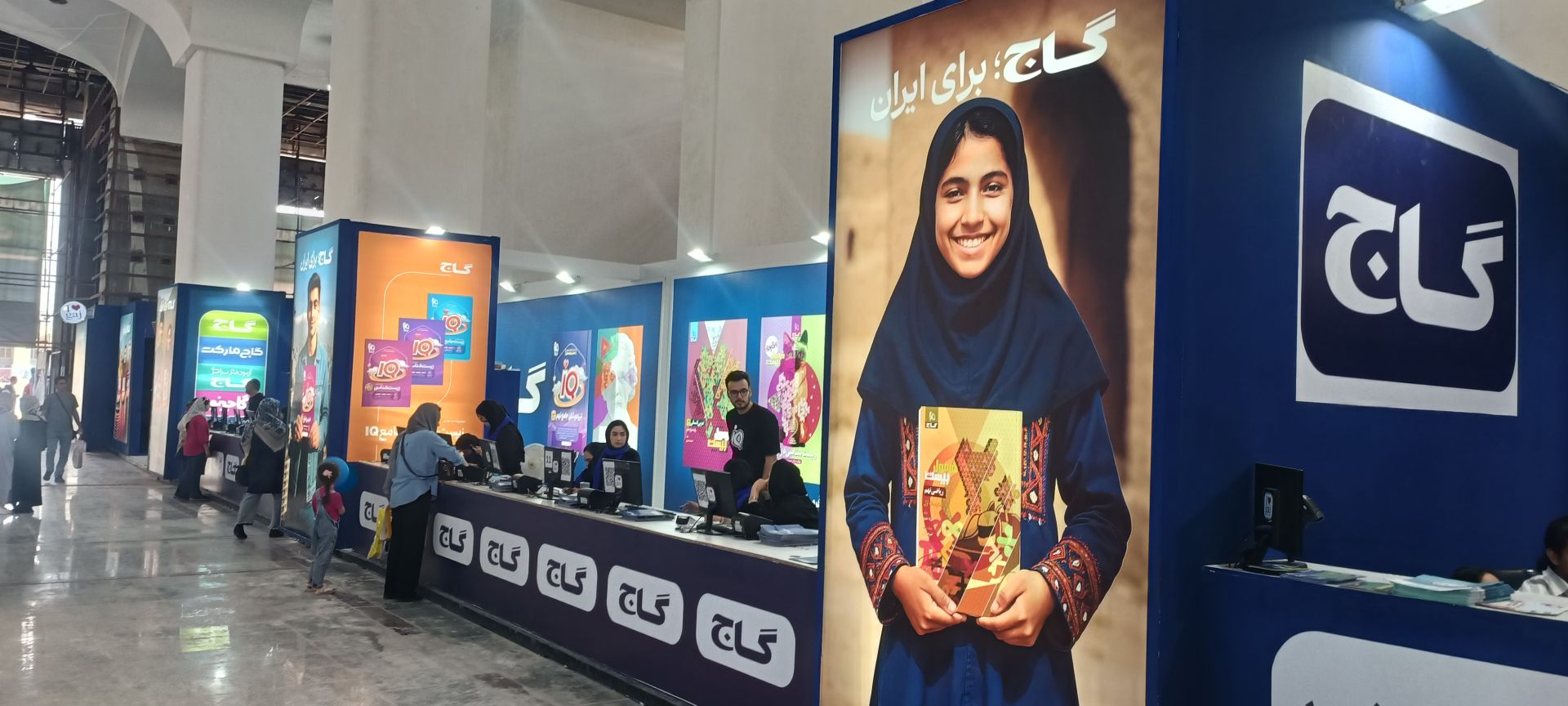
فهرست مطالب
- 1 1. Educational Publishers: Combining Efficiency and Creativity
- 2 2. Cultural and Religious Publishers: Authenticity in a Modern Format
- 3 3. International Pavilions: A Window to World Culture
- 4 4. Innovative designs: Art in the service of attracting the audience
- 5 5. General and Children’s Publishers: Color and Play
- 6 6. Final days: From autograph lines to family gatherings
- 7 Conclusion: The Book Fair, a Celebration of Culture and Social Bonds
- 8 Photo: A bus that witnessed an uprising
Exhibition News – Tehran – The Tehran International Book Fair, as one of the major cultural events in Iran, has taken on a passionate and family-like atmosphere in its final days. As the 36th edition of the fair draws to a close, the warm presence of families, students, and prominent cultural and political figures has created a lively and vibrant atmosphere. In this report, in addition to examining the prominent booths, we take a look at the important events and the special atmosphere of the final days of the fair.
1. Educational Publishers: Combining Efficiency and Creativity
Educational pavilions with modern and functional designs demonstrate the interaction between science and art:
Gaj Publications’ row-style booth : With its orderly arrangement and classification of books based on academic levels, it created an atmosphere similar to a scientific library. The use of blue and white colors conveyed a sense of trust and calm to the audience.
Gholamchi : It allowed for experimental tests with interactive touch screens. The minimalist design and blue-white lighting increased visitors’ focus on the content.
Very Green : The cheerful colors and cartoon elements made this booth one of the most vibrant parts of the hall. Round tables created a dynamic space for writers to chat with teenagers.
Pehme Publications and the National Bank of Iran : The creative use of Tetris and Maxima structures was a symbol of the connection of modern architecture with educational concepts. These pavilions, with their attractive color blocks, attracted the attention of photographers and art lovers.
Innovators and Mehr and Mah : Displaying scientific models and conceptual posters provided an engaging approach to teaching complex concepts.
- Orange and Horizon : Digital painting and storytelling stations created an engaging interaction between children and books.
2. Cultural and Religious Publishers: Authenticity in a Modern Format
Surah Mehr and the Research Center for Islamic Culture and Thought : The use of Islamic motifs and golden lighting evoked Islamic-Iranian identity. Exquisite books with leather covers were displayed like cultural treasures.
Astan Quds Razavi : Designed with wooden latticework similar to the shrine of Imam Reza (AS), it created a spiritual atmosphere. The recitation of the Quran and the playing of hymns invited visitors to pause.
Aine Mehr’s simple booth : Soft lighting in a limited space created visual depth and breadth. This booth was an example of optimizing space with simple elements.
3. International Pavilions: A Window to World Culture
Country pavilions with cultural symbols offered a mini-journey to the corners of the world:
Mexico : Colorful flags, sombreros, and books with folkloric designs were reminders of the country’s vibrant celebrations.
Tajikistan and Oman : Hand-woven carpets, copper vessels, and Persian manuscripts highlighted the cultural commonalities between Iran and Central Asia.
Turkey : A replica of the Hagia Sophia Mosque and traditional coffee houses, along with Ottoman music, created a lively atmosphere.
Yemen and Iraq : Historical photographs of the ancient architecture of Sana’a and Basra were a narrative of the cultural resistance of these countries.
BRICS Summit : In the final days, the fair hosted a cultural and literary meeting of BRICS members, attended by ambassadors from countries such as India, Brazil, Russia, and Indonesia. The event emphasized the establishment of the BRICS Secretariat by Iran and plans to continue cooperation in the Chinese and Russian book fairs.
4. Innovative designs: Art in the service of attracting the audience
The Writers’ Hall : The combination of Tetris and Maxima structures created a dynamic space for literary meetings. The yellow and white lighting increased the warmth of the discussions.
Lovely Tehran : With small replicas of Milad Tower and the National Garden Gate, it told the story of a miniature city of the capital.
Avaname : A booth with wireless headphones and listening capsules offered a different experience than “reading a book.”
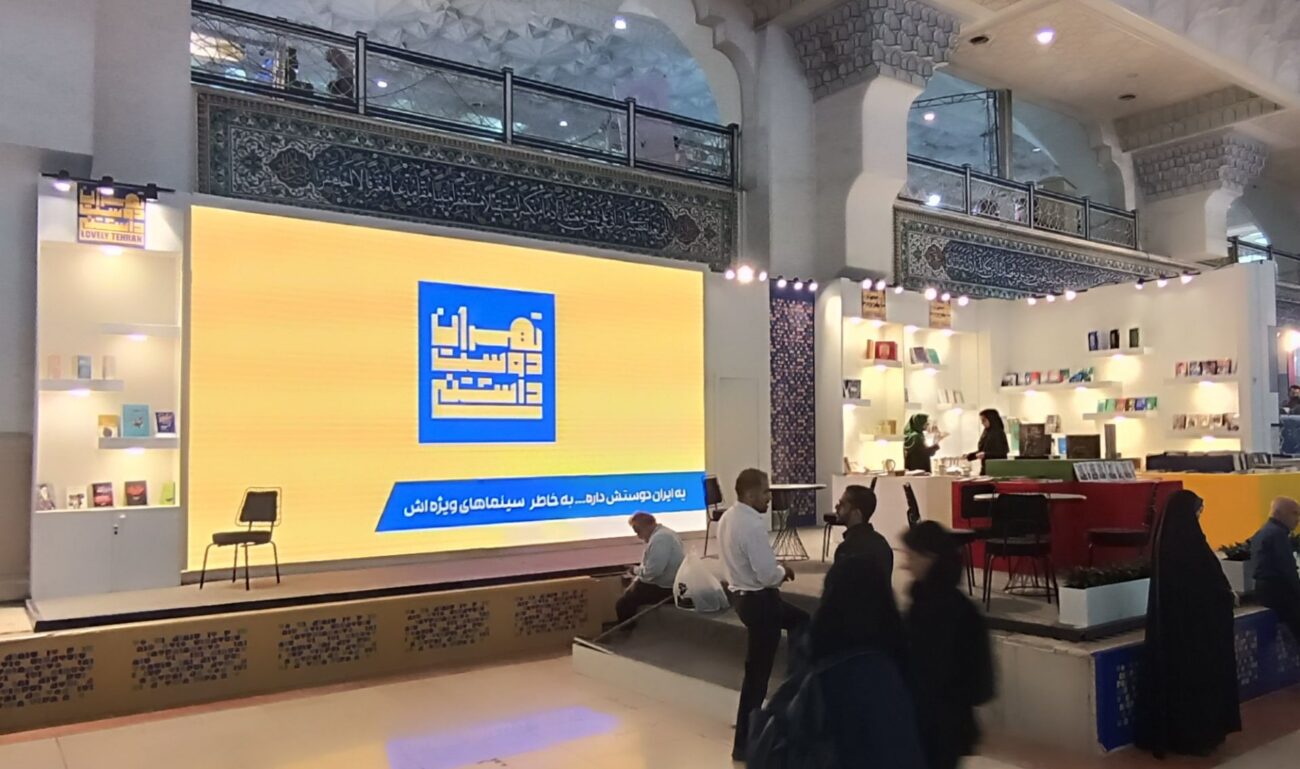
Lovely Tehran Booth at the Tehran Mosalla Book Fair
5. General and Children’s Publishers: Color and Play
I-Story : A booth resembling a toy town, with walls painted with cartoon characters, takes children to a world of imagination.
Mother and Child Room : For the first time, a space equipped with the necessary facilities was set up in the children’s section for mothers to visit the exhibition in peace.
Intellectual Development Center Programs : More than 20 educators and storytellers brought children together by performing fun and educational programs.
6. Final days: From autograph lines to family gatherings
As the exhibition draws to a close, the enthusiasm of visitors has doubled. Long lines for book signings by figures such as Mohammad Shams Langroodi, Rastak Hallaj, Mostafa Rahmandoost, and Reza Amirkhani demonstrate the lively interaction between authors and audiences. The presence of political figures such as Esmaeil Baghaei (Spoken of the Ministry of Foreign Affairs) at the “Book and Diplomacy” session and Ali Montazeri (Head of the Academic Jihad) emphasized the role of books as a bridge for cultural dialogue.
Families with young children and even strollers filled every corner of the mosque. Field programs in the main courtyard, including storytelling and group games, created a happy atmosphere for children. Student camps also added vibrancy to the exhibition with their own excitement.
Conclusion: The Book Fair, a Celebration of Culture and Social Bonds
The 36th Tehran International Book Fair, with the slogan “Let’s Read for Iran”, has become an unforgettable event not only with creative booths and artistic designs, but also with passionate cultural events and the widespread presence of families and famous figures. From the BRICS summit to the long lines for book signings, each section of this fair is a story of the connection of culture, education, and diplomacy. Holding the virtual part of the fair simultaneously in the virtual fair has also provided access to books for all interested parties. This fair, with a combination of the art of booth construction and the energy of the people, presented a vivid picture of a book-reading Iran.
Photo: A bus that witnessed an uprising
The old white bus, with its worn body and old windows, is not only a relic of Tehran in the 1940s, but also a symbol of one of the most forgotten protests in contemporary Iranian history: the “1969 Uprising” against a sudden increase in bus fares .
In those winter days, students and the urban middle class, contrary to the June 15th riots, which had their roots in religious protests, rose up in a civil uprising against the high cost of tickets. The protests began with peaceful gatherings and sit-ins in front of the Tehran Telegraph Office, but when the government insisted on increasing prices, public anger flared. Overturning and setting buses on fire on the streets of the capital created unprecedented scenes.
The Shah, who was on vacation in Switzerland, ordered a retreat upon hearing the news. Tickets were restored to their original prices , protesters were released, and the burned buses were replaced by new ones, a sign of the people’s victory.
This image is a silence full of sound; the sound of cries coming from the heart of history: “Citizenship rights are not negotiable.”
Taken from the memoirs of Dr. Abbas Tawfiq, a veteran journalist.
📸 Image caption:
The old bus, with faded colors and smoke trails on its body, seems to still carry the smell of the fires of the 1948 protests. The old windows tell the story of the turmoil of those days.

